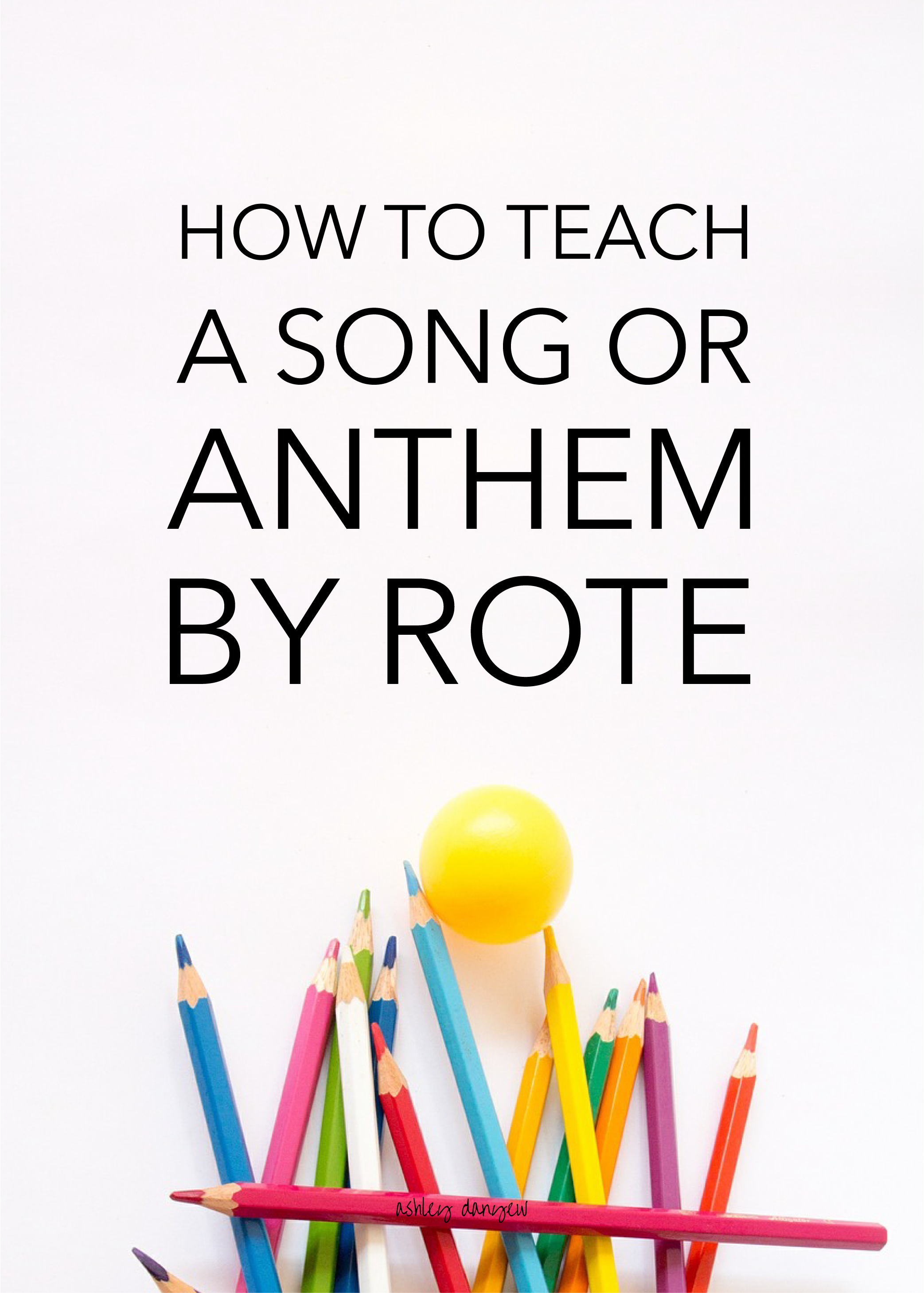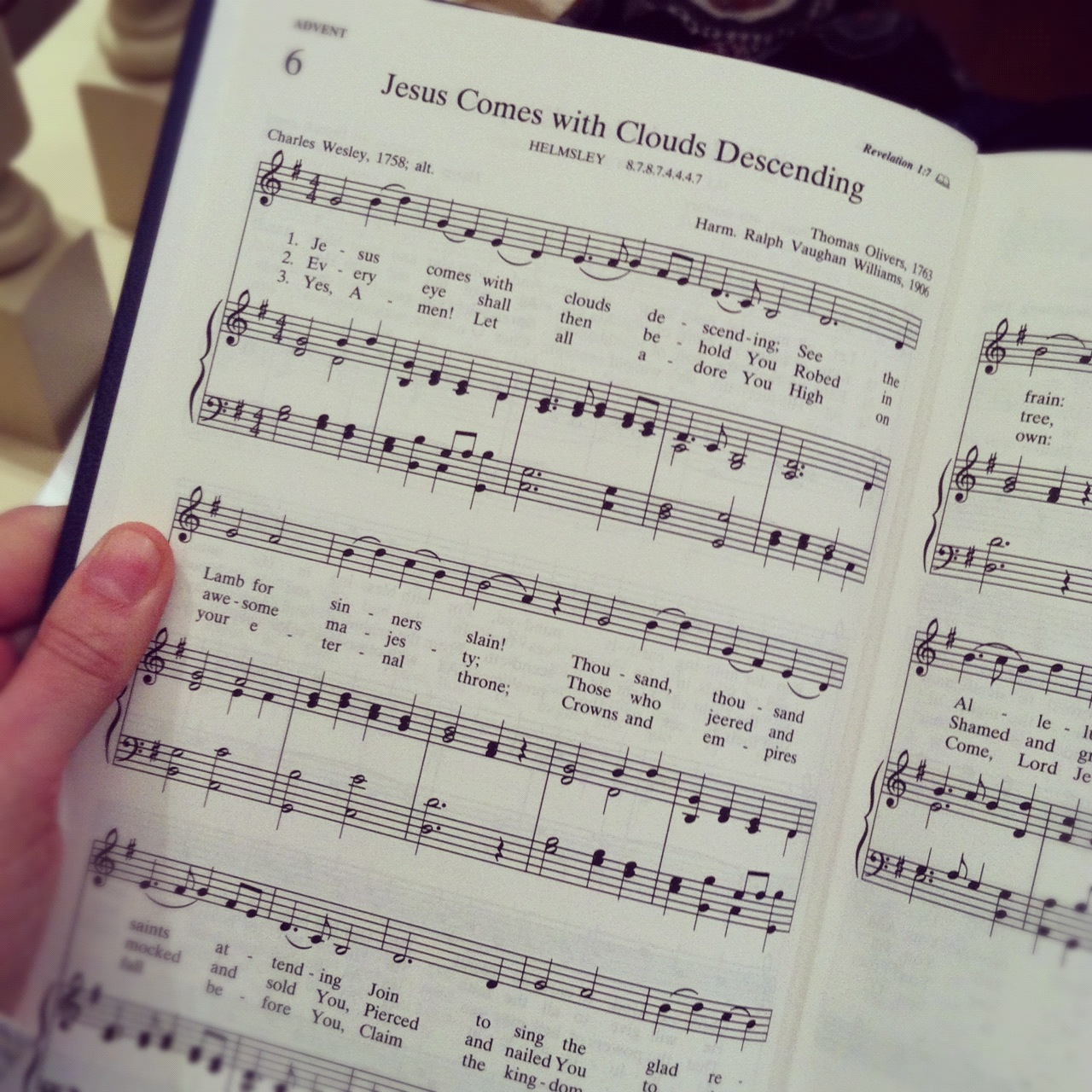There's something truly inspiring about community singing. The act of bringing people of all ages and all professions together and singing something - in unison or in harmony - is a tradition rich in history and meaning. Picture this scene from the early 20th century:
April 5, 1919
“At the first session of Farmers’ Week Mrs. Steele faced a packed house.
There were the reserved farmer and his family, the classic self-conscious professor, the shy freshman, the all-wise sophomore and the learned upper-classman. In addition, townspeople of all ages and professions were present. . . .With breathless suspense we waited to see what Mrs. Steele would do with this unusual gathering. Was it possible to make this audience sing? If Mrs. Steele had any trepidation or misgivings she did not betray them but stepped forward in her inimitable manner and said:
“First, I want everyone in this audience to know that he can sing. Why, everyone can and everyone wants to sing. It’s the simplest thing in the world. All you have to do is to forget about yourself; it’s self-consciousness that prevents most persons from trying. Can you sing? Of course you can. I know it. We are going to sing the first verse of The Star-Spangled Banner. Stand erect, hands straight down at your sides. Now open your mouths and sing.”
And with one movement of her baton the entire audience, led by the university band, the university glee club and the trained chorus of county agents, burst forth. . . .
"Don’t you see that you can all sing?” said Mrs. Steele.
“People get confidence in themselves when they hear others who have no more training than they have singing along with them. Now you know what Community Singing is. . . .It is the expression of the mass soul in song. A singing of the people, for the people, by the people.”
Trosper, B.B. (1919). “Community Sings,” excerpt. The Country Gentleman, Vol. 84. Luther Tucker & Son (63-64).










 Now that we've talked about
Now that we've talked about 





